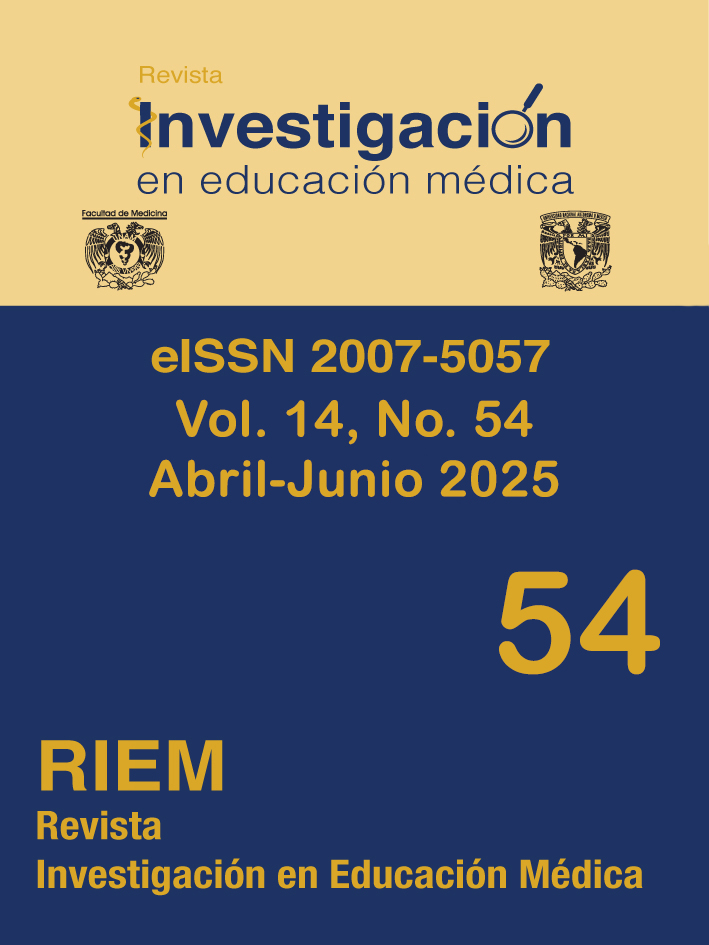Simuladores para la educación dental: una perspectiva bibliométrica (2000-2023)
Resumen
Introducción: El uso de simuladores para la educación dental ha experimentado un crecimiento significativo en los últimos años impulsado por la implementación de regulaciones sanitarias y éticas especialmente tras la pandemia COVID-19. Por tal razón, su empleo se ha normalizado en la mayoría de las instituciones educativas odontológicas, forzando cambios y adaptaciones en los modelos de enseñanza.
Objetivo: Determinar los indicadores bibliométricos de productividad, colaboración e impacto relacionados con el uso de los simuladores para la educación dental a nivel global entre los años 2000-2023.
Método: Se realizó un estudio bibliométrico utilizando la base de datos Scopus y se analizaron 104 artículos.
Resultados: Se hallaron 96 artículos originales, 7 artículos de revisión y una comunicación breve. La mayor producción científica fue en 2013 con un total de 11 artículos. El índice de colaboración entre autores fue de 4.0, el grado de colaboración fue de 92% y el coeficiente de colaboración 0.65. En relación con el impacto, la revista más productiva fue el Journal of Dental Education con 61 artículos originales.
Conclusiones: Se observaron picos de producción científica vinculados a la aparición de nuevas tecnologías en simuladores dentales, publicadas mayormente en revistas europeas y norteamericanas (Q1 y Q2). Se halló que la colaboración favorece la implementación de equipos multidisciplinarios lo que permitirá un mayor impacto de las divulgaciones científicas.








